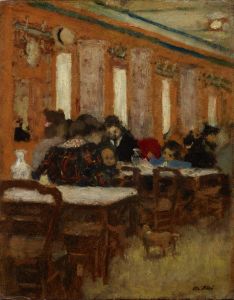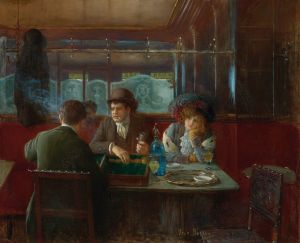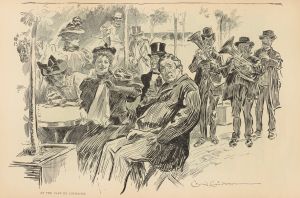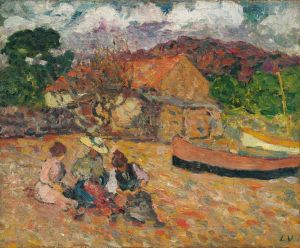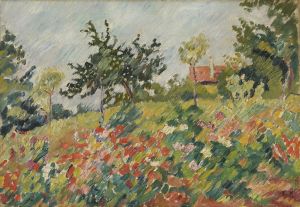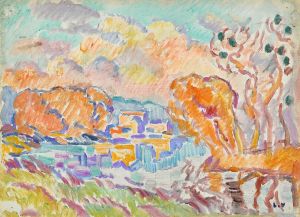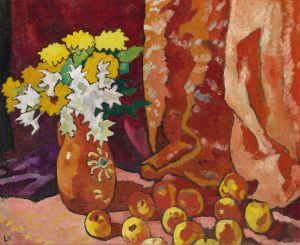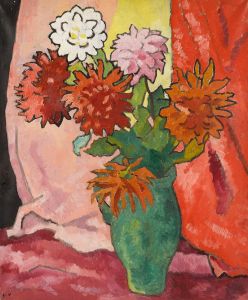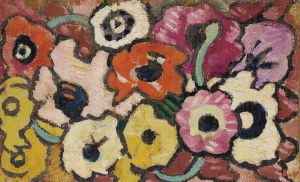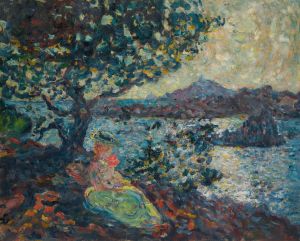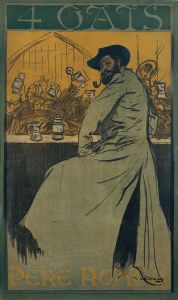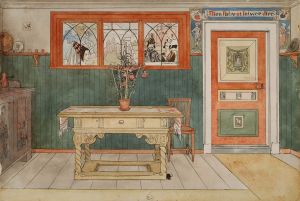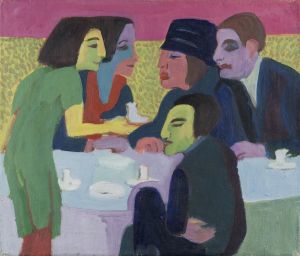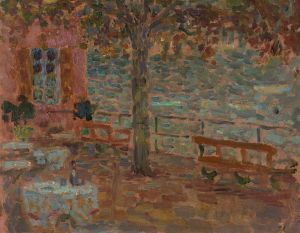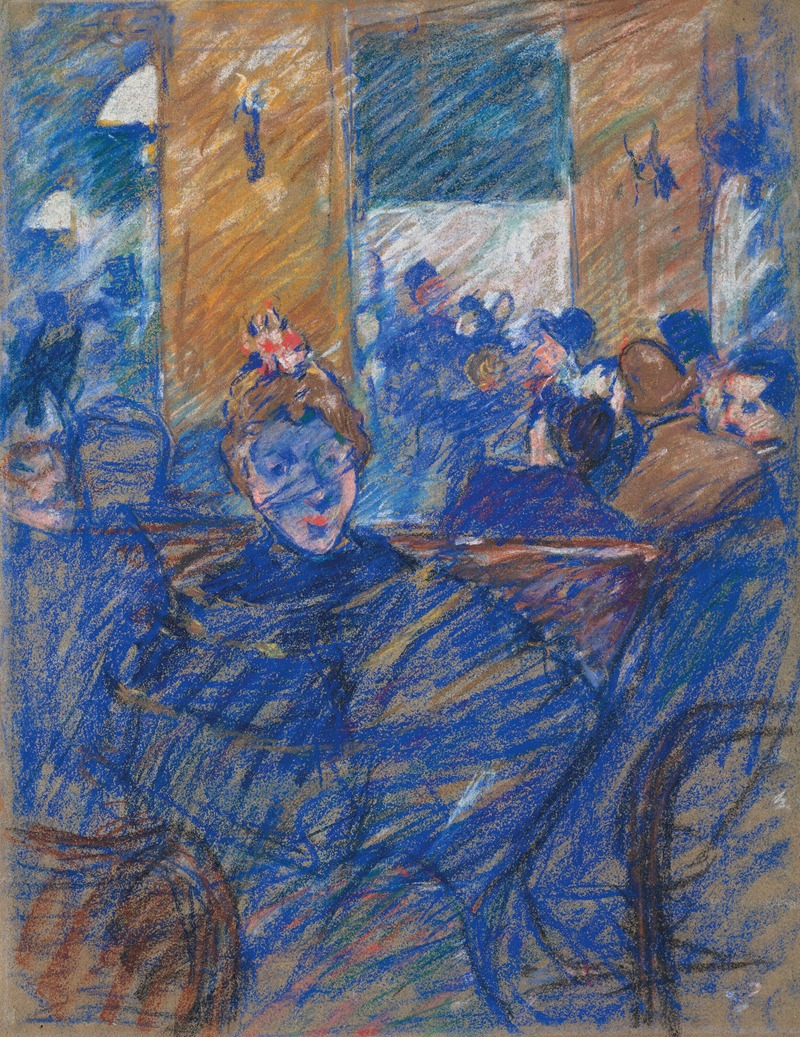
La Dame au café
A hand-painted replica of Louis Valtat’s masterpiece La Dame au café, meticulously crafted by professional artists to capture the true essence of the original. Each piece is created with museum-quality canvas and rare mineral pigments, carefully painted by experienced artists with delicate brushstrokes and rich, layered colors to perfectly recreate the texture of the original artwork. Unlike machine-printed reproductions, this hand-painted version brings the painting to life, infused with the artist’s emotions and skill in every stroke. Whether for personal collection or home decoration, it instantly elevates the artistic atmosphere of any space.
Louis Valtat was a French painter associated with the Fauvist movement, known for his vibrant use of color and expressive brushwork. However, specific information about a painting titled "La Dame au café" by Louis Valtat is not readily available in major art historical records or databases. Valtat's body of work primarily includes landscapes, still lifes, and portraits, often characterized by bold colors and a loose, expressive style.
Valtat was born on August 8, 1869, in Dieppe, France, and he studied at the École des Beaux-Arts in Paris. He was influenced by the Impressionists and Post-Impressionists, and his work often reflects a transition between these movements and the more radical Fauvism. Valtat exhibited with the Fauves, a group of early 20th-century modern artists whose works emphasized painterly qualities and strong color over representational or realistic values. Although not as widely recognized as some of his contemporaries, Valtat played a significant role in the development of modern art in France.
Throughout his career, Valtat painted a variety of subjects, including scenes of everyday life, which might include café settings. Cafés were popular subjects for many artists of the time, as they were central to social life in France and provided a rich environment for observing human interaction. Valtat's approach to such scenes would likely involve a focus on color and form, capturing the essence of the moment rather than detailed realism.
Valtat's work is characterized by its vibrant palette and dynamic compositions. He often used thick, textured brushstrokes to convey movement and emotion, a technique that aligns with the Fauvist emphasis on color and expressive potential. His paintings typically feature a harmonious blend of colors, creating a sense of rhythm and balance.
While specific details about "La Dame au café" are not available, it can be inferred that if this painting exists, it would likely embody Valtat's signature style. The subject of a woman in a café would offer an opportunity to explore themes of modernity and leisure, common in the works of artists during this period. The café setting would provide a backdrop for exploring the interplay of light and shadow, a hallmark of Valtat's work.
Valtat's contributions to art were recognized during his lifetime, and he continued to paint until his death on January 2, 1952. His works are held in various collections worldwide, including the Musée d'Orsay in Paris and the Hermitage Museum in Saint Petersburg. Despite not achieving the same level of fame as some of his peers, Valtat remains an important figure in the transition from Impressionism to Fauvism, and his paintings continue to be appreciated for their bold use of color and innovative approach to composition.
In summary, while specific information about "La Dame au café" by Louis Valtat is not available, understanding Valtat's artistic style and historical context provides insight into what such a painting might entail. His work reflects a pivotal moment in art history, bridging the gap between Impressionism and the more avant-garde movements of the early 20th century.





